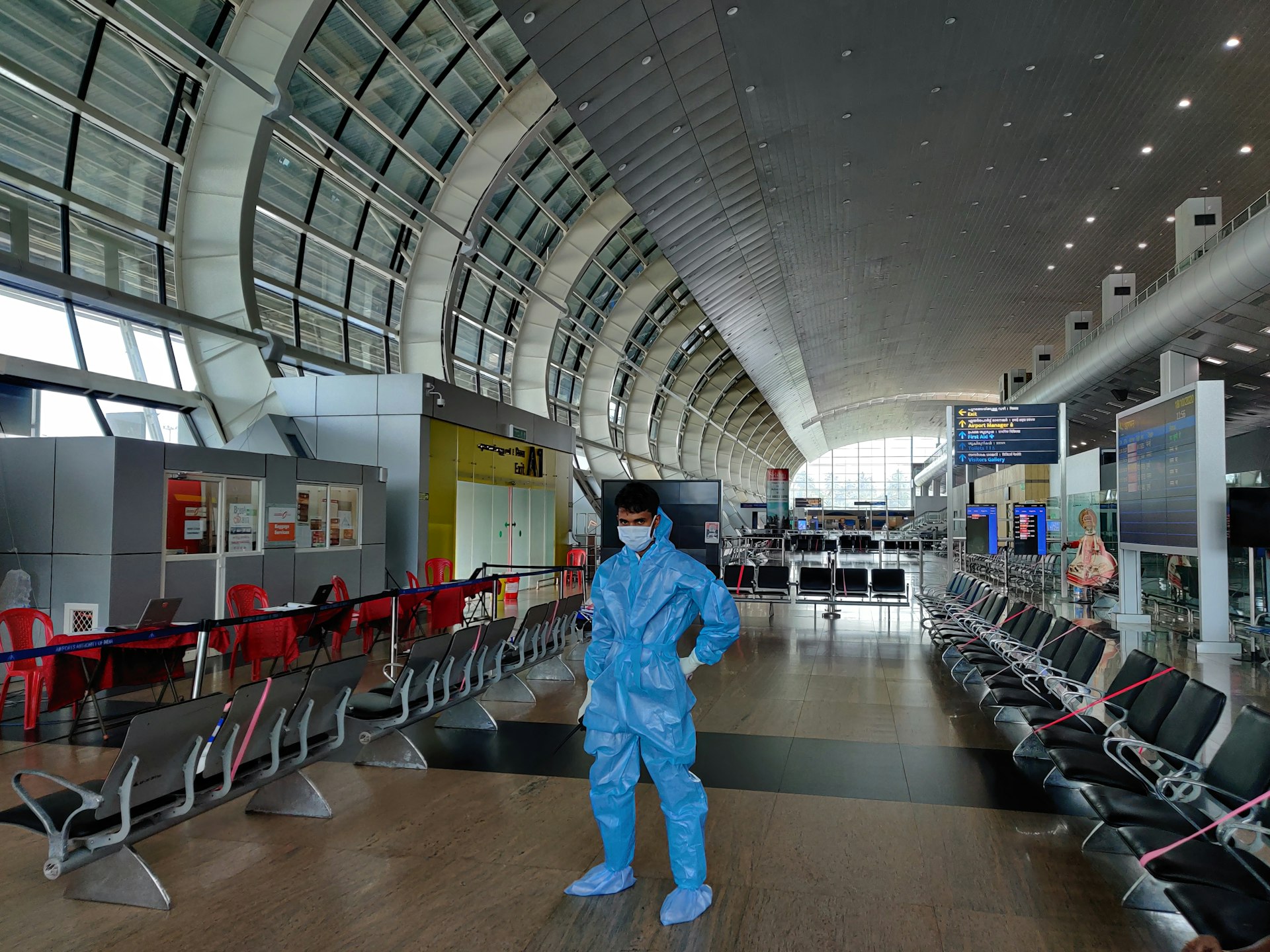Understanding Childhood and Family Life: Foundations, Evolution, and Practical Guidance

Photo by Nguyễn Hiệp on Unsplash
Introduction
Childhood and family life are central to human development, influencing emotional, psychological, and social outcomes throughout a person’s life. The evolution of childhood as a social and developmental concept has shaped education, health, and family support systems globally. Understanding this history not only illuminates how societies have nurtured the young but also guides modern families and caregivers in fostering healthier environments.
The Historical Roots of Childhood and Family Life
The concept of childhood has changed dramatically over centuries. In the early 1500s, Martin Luther advocated for universal education, believing it strengthened both family and society. His emphasis on teaching children to read set foundations for broader access to knowledge and personal development. Later, John Amos Comenius (1592-1670) introduced the idea that learning is rooted in sensory exploration, and authored the first picture book for children, promoting literacy and early learning.
John Locke (1632-1704) proposed that children begin as “blank slates” (tabula rasa), shaped by their environment and experiences. This perspective highlighted the importance of nurturing, education, and positive family environments as essential for healthy development. In the 19th century, Friedrich Froebel (1782-1852) formalized early childhood education, founding the first kindergarten and emphasizing play as a central element of learning. These historical shifts underscored the critical role of families and communities in child development, laying the groundwork for modern educational systems [1] .
Key Stages of Child Development
Modern science identifies three main stages of childhood:

Photo by Kamakshi subramani on Unsplash
- Early Childhood (Infancy to 6 years): A period of rapid growth, where foundational milestones such as walking, talking, and basic social skills are developed.
- Middle Childhood (6 to 12 years): Children become more independent, develop friendships, and acquire academic and practical skills.
- Adolescence (12 to 24 years): Marked by puberty and increasing autonomy, this stage includes identity formation and preparation for adult roles [2] .
Each stage is influenced by genetics, prenatal conditions, family structure, and cultural context. Development is continuous but unique to each child, with experiences in earlier stages shaping outcomes in later life [2] .
Family Life: Structure, Roles, and Impact
Family life provides the primary environment for early development. Families offer emotional support, model social behavior, and shape values and expectations. Key elements include:
- Attachment and Emotional Security: Secure relationships with caregivers help children develop trust and resilience.
- Communication and Socialization: Daily interactions teach language, empathy, and conflict resolution.
- Routines and Structure: Predictable routines support emotional regulation and healthy habits.
Family dynamics vary widely-single-parent, extended, and blended families all present unique strengths and challenges. Research shows that children benefit from stable, supportive environments, regardless of family structure.
The Evolution of Child Care and Education
Early childhood education has roots in both social reform and scientific discovery. In the early 1900s, open-air nursery schools in London provided health care, nutrition, and education to children in impoverished communities. These ideas migrated to the United States, leading to the creation of nursery schools and, later, federally funded child care programs during the Great Depression [3] .
By the 1960s, research linking poverty and limited educational opportunities led to the creation of the Head Start program in the United States. Head Start was designed to break the cycle of poverty by providing comprehensive services-including education, nutrition, and health care-to preschool children from low-income families. Since its inception, Head Start has expanded to serve millions of children, emphasizing community involvement and culturally responsive programming [4] .
Accessing Family and Childhood Support Services
Today, families seeking support for child development and well-being can access a range of services, though availability and eligibility may vary by location. Key steps include:
- Identify Local Resources: Contact your local school district, public library, or community center for information on early childhood programs, parenting classes, and family support services.
- Explore National Programs: In the U.S., families may qualify for Head Start or Early Head Start. To learn more, visit the official Administration for Children and Families (ACF) website and search for “Head Start” or contact your state’s department of education.
- Seek Healthcare Guidance: Pediatricians and family doctors often provide referrals to developmental screenings, counseling, and specialized services for children and parents.
- Consider Nonprofit and Faith-Based Organizations: Many local and national nonprofits offer parenting support, child care assistance, and family counseling. To find these, search for “family support services” along with your city or state.
If you require financial assistance for child care or family needs:
- Contact your local social services agency for information on subsidies and eligibility requirements.
- Search for “child care assistance” and your state to locate official application portals and guidelines.
- For food security and nutrition support, visit the official websites of programs like WIC (Women, Infants, and Children) by searching “WIC program” and your location.
It is essential to check the credibility of any service provider and use only verified government or established nonprofit channels. When in doubt, consult with your healthcare provider or a licensed social worker for guidance.
Practical Steps for Strengthening Family Life
Families can foster healthy development by:
- Establishing regular routines for meals, sleep, and play
- Engaging in daily conversations and active listening
- Encouraging reading and exploration through books and educational activities
- Participating in community events, parenting groups, or workshops
- Seeking help early if you notice developmental delays or behavioral concerns
For families experiencing challenges, early intervention programs, mental health services, and parental support groups may be available. Search for “early intervention services” in your area or speak with your child’s healthcare provider for referrals.
Challenges and Alternative Approaches
Not all families have equal access to support due to economic, geographic, or cultural barriers. Some may need to explore alternative pathways, such as:
- Online parenting courses and support forums
- Telehealth consultations for developmental or mental health concerns
- Community-based mutual aid networks
When formal services are unavailable, informal networks-extended family, friends, and community mentors-can provide valuable guidance and support.
Conclusion
The history of childhood and family life illustrates an ongoing commitment to nurturing the next generation. By understanding key developmental stages, leveraging available services, and fostering supportive family environments, caregivers can have a profound impact on children’s lifelong well-being. For specific needs or questions, consult official agencies, healthcare professionals, or trusted local organizations for personalized support.
References
- [1] Lillio Blog (2025). History of early childhood education: then and now.
- [2] Wikipedia (2024). Child development.
- [3] National Center for Biotechnology Information (2015). Historical Timeline: Preparation for the Care and Education …
- [4] Administration for Children and Families (2024). Head Start History.
MORE FROM ismath.net













